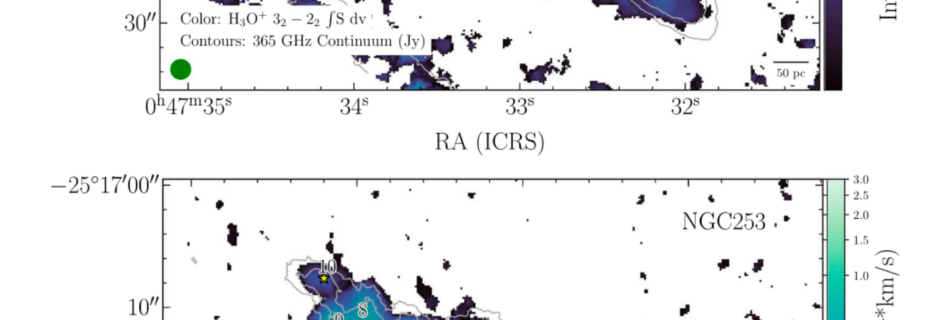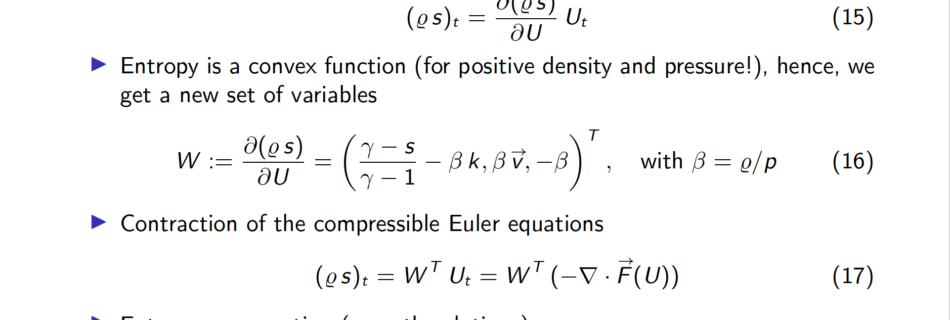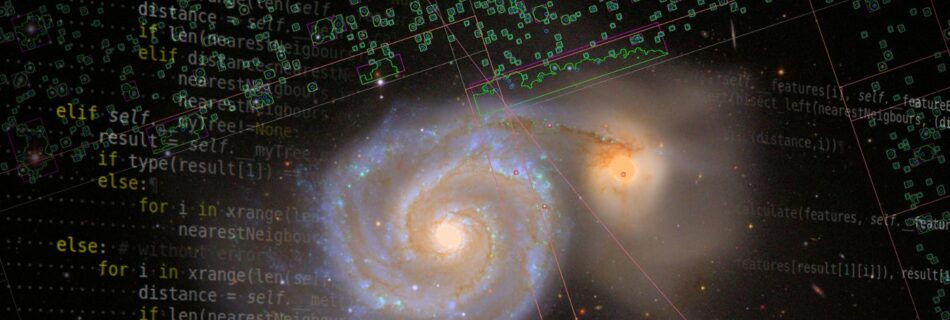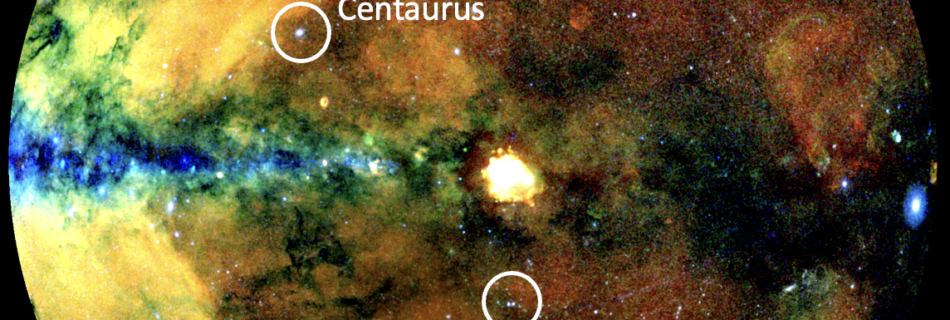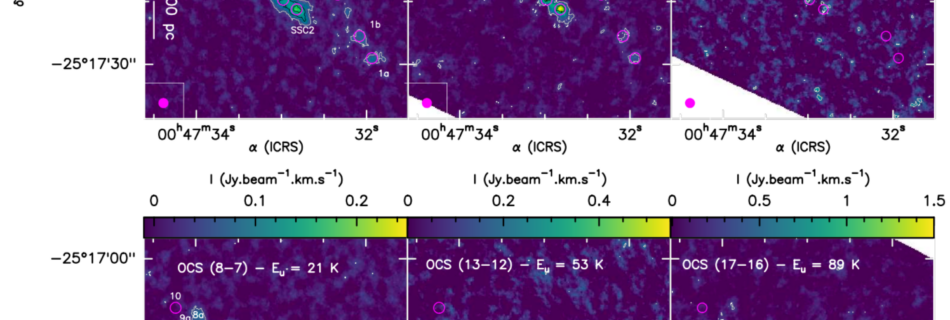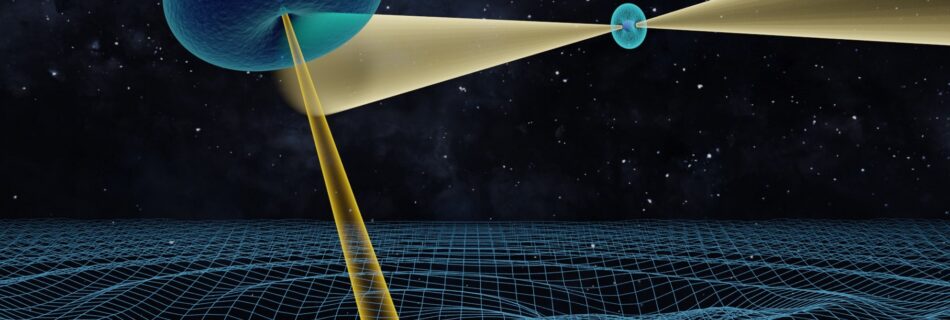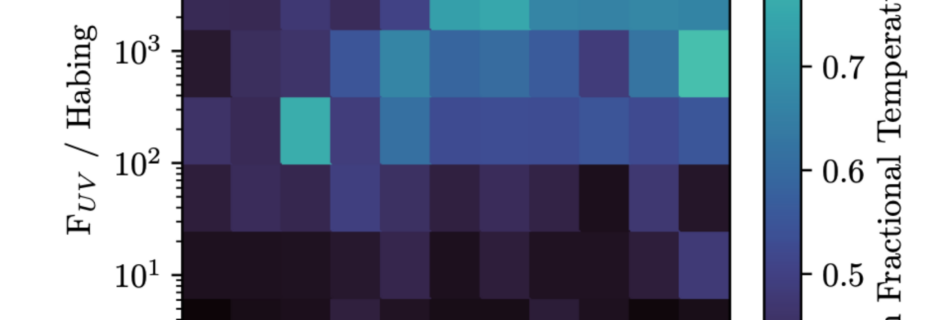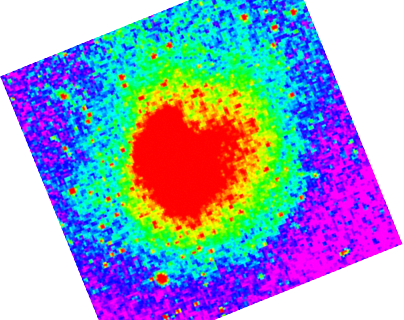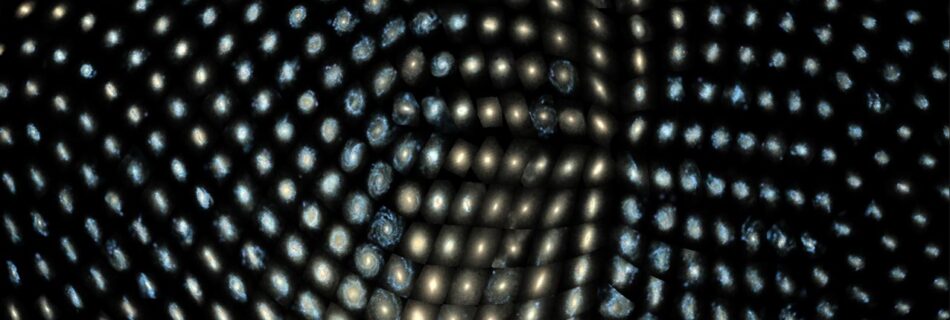Cosmic rays in the context of astrochemical studies of obscured galaxy nuclei
Prof. Dr. Serena Viti, Invited lecture, Conference “1st Nordic Meeting on Neutrino and Radio Astronomy”, Gothenburg, Sweden This talk will give an overview of the importance of cosmic rays in determining the chemistry of AGN.

